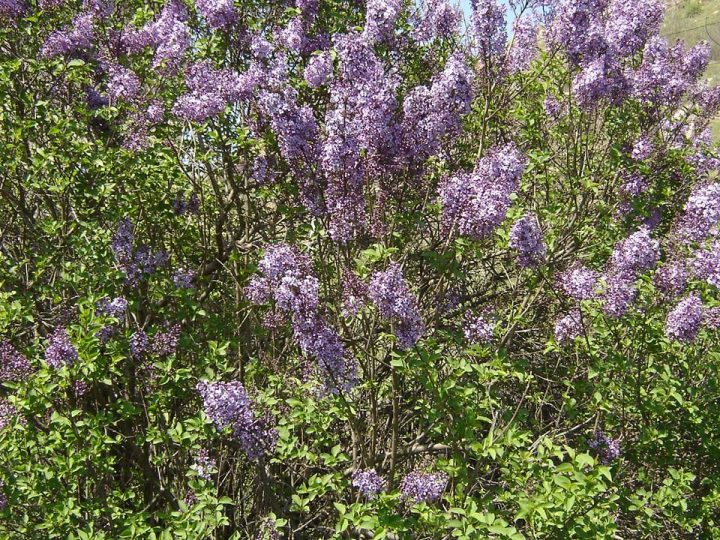
Party Lot
A colorful, full-season design creates space to accommodate social gatherings while providing privacy to neighbors.
Cost
People
Upkeep
Experience
Stormwater
Sun/Shade
The Party Lot brings new activity to a neighborhood by providing a small pocket park, family gathering space or community hub. Flowering trees, shrubs and ground covers create vibrancy and sweet smells through the summer months. A series of planting beds break the lot into smaller outdoor rooms, each with enough space for pop-up tents, barbeques and chimineas.
This easy-to-build lot design is best installed across multiple lots. When joined together, the perennial beds create outdoor rooms and spaces that can be used for a variety of activities, including graduations, weddings, birthday parties, family reunions and other get-togethers.
Ideal Location: Across multiple lots in full sun or part sun.
Lot Type
Special Lot Condition
DFC 20 Year Land Use Area
Cost
The Party Lot is a moderately priced lot design and based on the cost of planting 1.5 inch diameter trees and utilizing volunteer labor. To save money, you can buy smaller pots or plugs. The cost assumes that residents and volunteers have access to basic safety gear and garden tools.
Habitat Benefits
Other Benefits
Vegetation and Visibility
This lot design creates a degree of privacy between the street and the alley, but largely preserves the clear viewsheds of an existing lawn-type lot.
Falling Hazard
If you follow the design specifications, the trees and shrubs are located to ensure that basement root intrusion and potential falling hazards do not occur, and that the City’s plan review requirements are followed. Unmaintained trees create a hazard to neighboring structures. We recommend working with a certified arborist as your trees mature. Please note the trees on the plan are shown at a mature spread.
Lifespan
Planting Type
Most Interesting Season
Other Consideration
Build
Installing the Party Lot will make for a fun and rewarding weekend with your friends, family or neighbors. The construction process should not require professional assistance if you, with the help and support of others, would like to build this design. Please refer to the Step-By-Step section for guidance. The installation process does not require any special, mechanized equipment. The most strenuous physical tasks are transporting your trees and digging the holes to plant your trees and shrubs. The Field Guide recommends having access to a car or vehicle for transporting your plants. Always hire a professional if you are not up for the challenge, but remember, this will increase your costs. The Party Lot works well on multiple lots—all the more reason to include your friends and neighbors in this project. Your group may also decide to build your Party Lot over a series of weekends or seasons, completing one lot at a time through a phased or incremental approach.
NOTE: The older and larger the trees you plant, the more the Field Guide recommends speaking with a professional or an educational group to ensure a safe transition from their previous home to your lot. In some ways trees are like people – the older they are, the longer it can take to adjust to a big change, like moving across town.
Build Time Estimate
Six hands or less! With the help of friends, family or neighbors, this design can be installed in one weekend. The Field Guide assumes the lot is ‘construction ready,’ and all equipment and materials required for the lot design have been acquired and are ready to use.
Build Difficulty
Number of People Needed
Neighbor Labor
Time Taken to Build
Build Season
Transportation Intensity
Permit Requirements
Upkeep
The Party Lot is a low maintenance lot design. Upkeep includes watering newly planted trees, particularly during times of drought and excess heat. Trees must be watered regularly during the first year (plan to water weekly or as needed).
Plan ahead and remember to think about where and how you will access water for the next month!
The Field Guide recommends connecting with an arborist or taking a workshop on tree health and maintenance. The Greening of Detroit offers a great Citizen Forester program to interested residents.
Fescue grasses do not grow tall and should only need to be mowed one time per year. Low maintenance Fescue grass will require watering and weeding as the plants establish, but otherwise will require one mowing per year.
Seasonal Upkeep Levels
- Spring: Low
- Summer: Low
- Fall: Low
- Winter: Low


